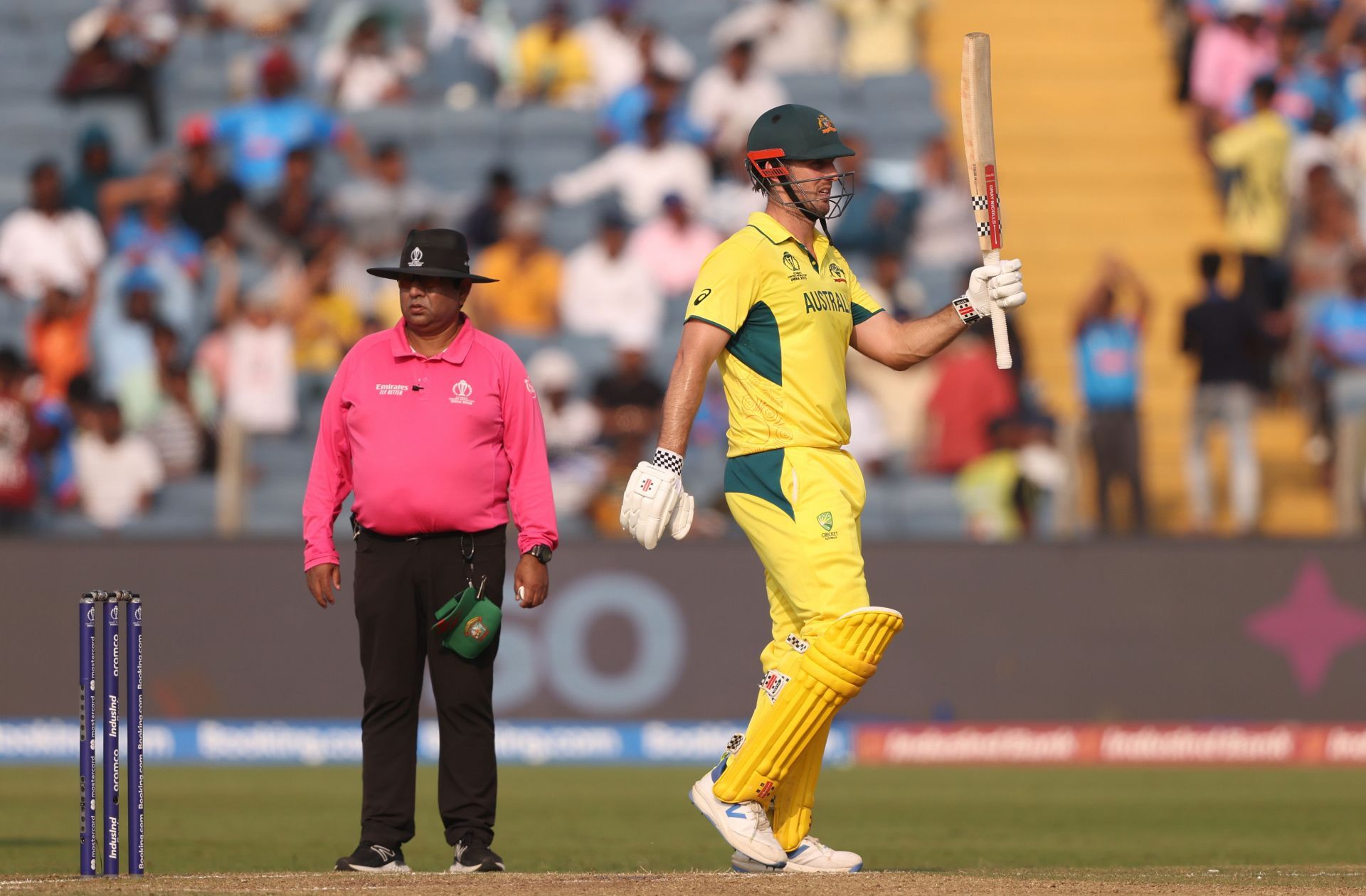
3 reasons why Australia should consider moving Mitchell Marsh to number 3 ahead of 2nd BGT 2024-25 Test
As we near the start of the second Border-Gavaskar Trophy 2024-25 Test in Adelaide on December 6, talks about a struggling Australian batting lineup continue dominating the headlines. The Aussies suffered an embarrassing 295-run defeat in the opener to India in Perth to fall 0-1 behind in the best-of-five series.
While the bowlers struggled against a defiant Indian batting lineup in the second innings, the Aussie batters took the brunt of the blame for the massive defeat. After restricting India to 150 in their opening essay, the hosts folded for a dismal 104 in response.
Cut to the run-chase of 534 when the spice on the Perth track had largely vanished, the Aussie batters still struggled to cope with a buoyant Indian bowling attack. They were bowled out for only 238 to suffer a first-ever Test match defeat at the Perth Stadium.
The Perth Test was no one-off that can be brushed aside as the trend of the Aussie batting lineup struggling in Tests has been an ongoing theme throughout 2024. None of their top six batters average even 30 in the red-ball format this year, resulting in the side losing half of their last four matches.
Such struggles raise the question of a possible rejig in the batting order before personnel changes. One such move may be to promote all-rounder Mitchell Marsh, one of the few bright spots in the second innings with 47, up the order to No.3.
Should Australia consider the same for the all-important day-night affair at Adelaide? Here are three reasons they might ponder the move heading into the must-win second Test.
#1 The 'Labuschagne' factor

Before diving into how Mitchell Marsh at No.3 could be self-beneficial, it is important to highlight the potential positive effects of the move on Australia's current No.3 - Marnus Labuschagne.
Needless to say, Labuschagne has been in woeful form in Tests, scoring only 123 runs in his last nine completed innings at an average of 13.66. The 30-year-old has historically been a vital cog in Australia's Test success, averaging over 54 in their wins but under 35 in losses.
Labuschagne was the third leading scorer in the 2021-23 World Test Championship (WTC) cycle with almost 1,600 runs at an average of 52.53 in 20 matches. His batting exploits at No.3 helped Australia win their maiden WTC title last year.
However, with the star batter enduring a mighty struggle against the new ball at No.3, Australia could tinker around moving him to No.5 or 6 with Marsh batting at one drop.
Incidentally, Labuschagne averages an excellent 62 at No.5 in Tests despite batting only twice at the position.
Much like how Steve Smith opening the batting helped Cameron Green flourish in the middle order in New Zealand earlier this year, Marsh could do the same for Labuschange to rediscover his best form in the middle order when conditions will likely be easier for batting.
#2 Marsh has tasted incredible success at No.3 in the white-ball formats

Mitchell Marsh is no stranger to batting in the top order for Australia, having tasted extensive success at the top three in the white-ball formats. After battling years of inconsistencies in the middle-order, the 33-year-old has almost exclusively batted in the top three for Australia in ODIs and T20Is since last year.
For the record, Marsh averages over 34 in ODIs at No.3 with a strike rate of 96.17 in 18 innings. His affinity for the new ball is further evidenced by his incredible average of over 47 as an opener in the 50-over format.
It has been a similar story for Marsh even in T20Is, with the all-rounder averaging an outstanding 37.52 at No.3 in 40 innings, compared to an average of 20.76 in 22 innings at other positions.
With a batting average of under 27 in six Tests this year, a move to No.3, as was the case in the white-ball formats, might be just what the doctor ordered for Marsh to return to his dominating best in the long format.
#3 An attacking No.3 could be the point of difference in a one-dimensional Australian top order

It is so unlike an Australian top-order batter to be pushing and prodding at the crease as Marnus Labuschange was guilty of doing in the opening Test against India.
Think of the glory days of Australian cricket in the 2000s and the sight of Matthew Hayden at the top and Ricky Ponting at No.3 had opposition bowlers in fear even before the start of a Test match. Cut to the present and Australia's top three - Nathan McSweeney, Usman Khawaja, and Marnus Labuschagne - almost instantly allow the opposition to settle into a contest even on Australian conditions.
Hence, Marsh's promotion to one-drop could bridge the one-dimensional nature of the top four that also includes Steve Smith at No.4. It would add some much-needed variety and counter-attacking to the top order.
Furthermore, with the conditions expected to be seamer-friendly in the day-night Adelaide Test, Marsh scoring quick runs at No.3 could prove to be the point of difference in the eventual outcome.